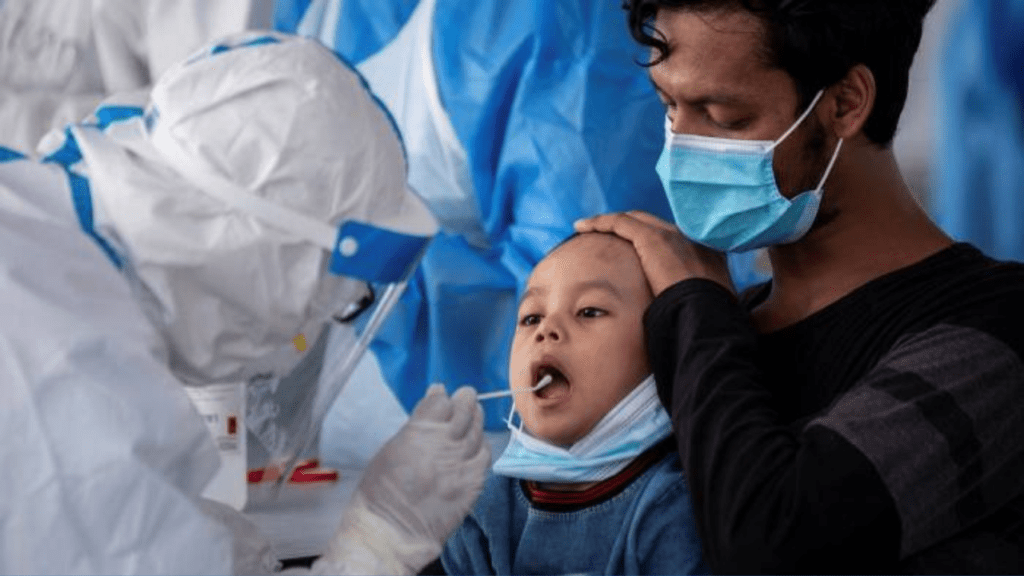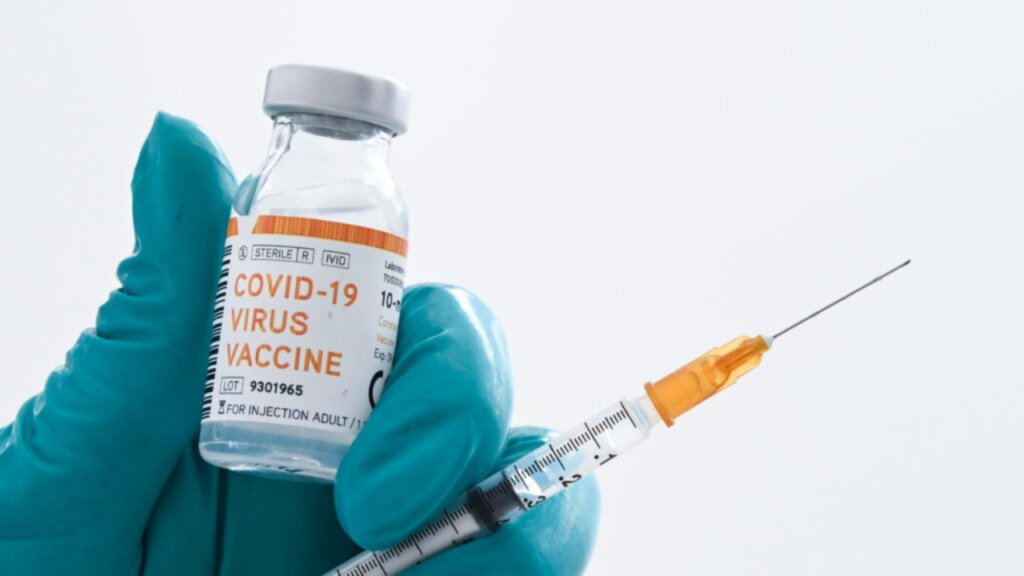There has been a discovery of Anthrax disease in various West African countries, including Togo, Burkina Faso and Ghana in recent times. The Federal Ministry of Health has advised Nigerians participating in the 2023 Hajj in Saudi Arabia to take some precautions.
Saidu Dumbulwa, NAHCON’s commissioner for health, issued the warning on Wednesday. Just like Lassa fever, anthrax is a zoonotic disease, meaning it can be transmitted from animals to humans
What is Anthrax Disease?

Anthrax disease is an infectious disease caused by the bacterium Bacillus anthracis. It primarily affects herbivorous animals, such as cattle, sheep, and goats. However, it can also be transmitted to humans through contact with infected animals or their products.
Causes of Anthrax Disease
Bacillus anthracis, a spore-forming bacteria, causes anthrax.
The spores can survive for an extended period in the environment and become active when they enter the body.
Types of Anthrax Infections
Cutaneous Anthrax
The most prevalent type of anthrax infection in people is cutaneous anthrax. It happens when anthrax spores enter the body through skin incisions or abrasions. In most cases, the disease appears as a painless sore that develops into a blister with a black centre.
Inhalation Anthrax
Inhalation anthrax is a severe form of the disease that occurs when the spores are inhaled into the lungs. This form of anthrax is rare but can be life-threatening. Initial symptoms may resemble a common cold but rapidly progresses to severe respiratory distress.
Gastrointestinal Anthrax
Gastrointestinal anthrax is caused by consuming contaminated meat from infected animals. It affects the digestive system and can cause severe abdominal pain, vomiting, and bloody diarrhoea.
Symptoms, Transmission, and Treatments of Anthrax Disease
The symptoms of anthrax vary according to the type of infection. Fever, tiredness, and muscle aches are common early symptoms. Additional symptoms specific to each variety of anthrax may occur as the infection advances. Anthrax can be transmitted to humans through direct contact with infected animals, their products, or the spores present in the environment. It is not a contagious disease and cannot be transmitted from person to person. Raising awareness about anthrax, its transmission, and preventive measures is highly essential. Preventive measures include avoiding contact with contaminated animal products, including meat, hides, and wool from infected animals, and When handling animals that are susceptible to anthrax, such as livestock, it is important to follow proper hygiene practices, wear protective clothing, and dispose of animal remains safely.
Prompt treatment is essential for anthrax infections. The primary treatment involves antibiotics, such as ciprofloxacin, doxycycline, or penicillin, to eliminate the bacteria from the body. In severe cases, hospitalization may be required for close monitoring and supportive care.
It is important to note that anthrax strains can be resistant to certain antibiotics. Therefore, the choice of antibiotics may vary depending on the susceptibility of the specific strain causing the infection. It is crucial for healthcare professionals to determine the most effective treatment options based on laboratory testing and antimicrobial sensitivity.



Such informative post. Thanks Xcene!🥂